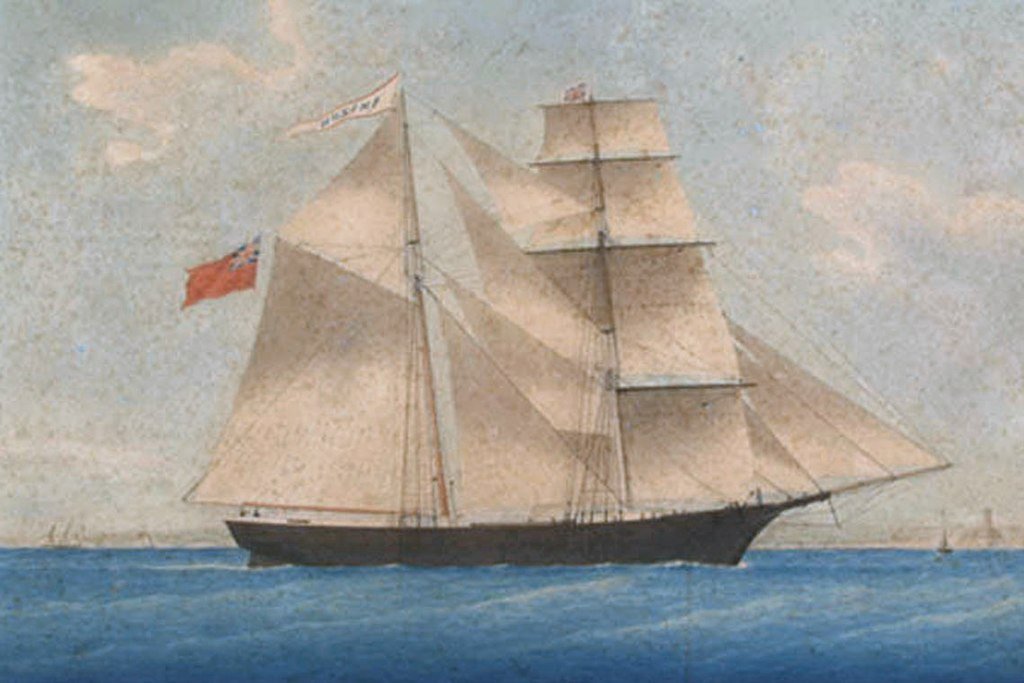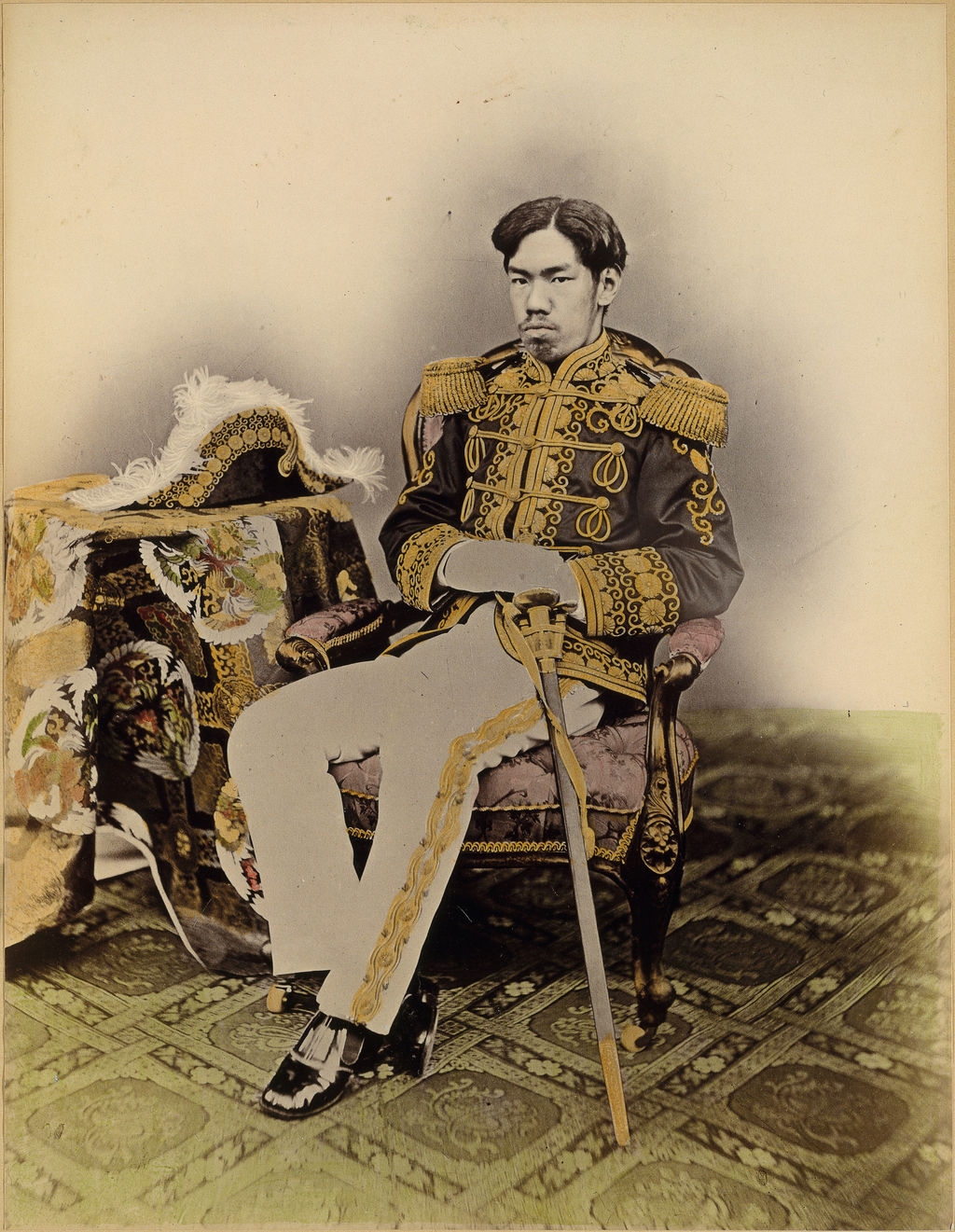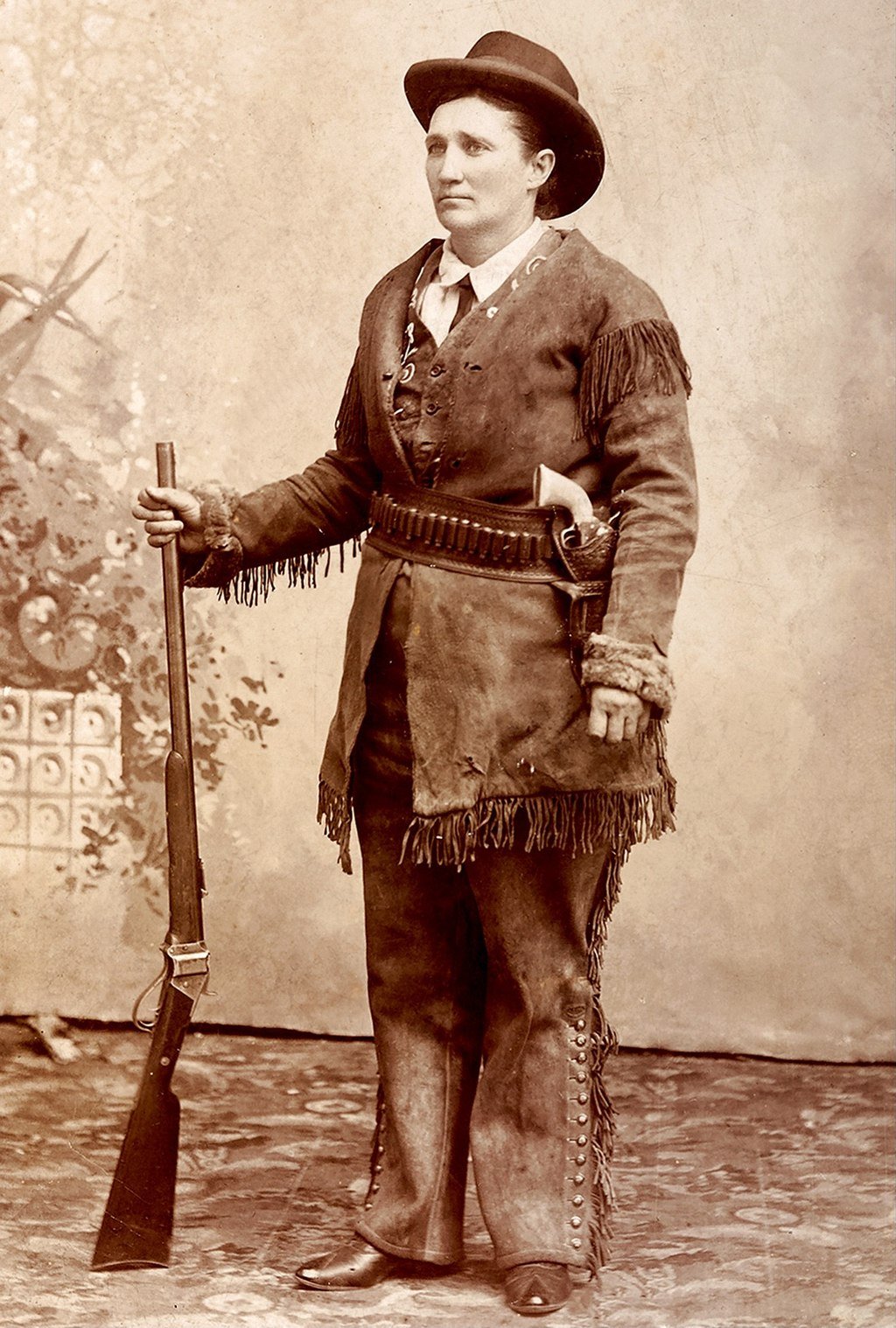Following secession and the onset of the American Civil War, the southern Confederate states needed the funds and infrastructure to wage war. This article addresses the “sinews of war” from the Confederacy’s perspective: where did the money needed for weapons and supplies during the Civil War come from? How its needs were determined, procured, transported and distributed is a complex story. Lloyd W Klein explains.
Above: George Alfred Trenholm, an influential supporter of the Confederacy and the Confederate States Secretary of the Treasury from 1864-65.
With secession, the Confederate States of America (CSA) recognized that war was a likely possible consequence. After First Manassas, it was clear that a long struggle was ahead, which posed a series of problems for the CSA as to how it would obtain weapons. A rebellion cannot be sustained without armaments, and money is required to purchase them if your country has no manufacturing capacity, and doesn’t have foundries for their production. Initially, federal forts were seized and weapons taken, but ultimately, a network of war goods supply would need to constructed.
Where did the Confederacy get financial support to purchase weapons and carry out a war with a limited treasury? Moreover, if there was no existing capacity to produce weapons, and must be imported from overseas, how did European armaments make it to the CSA despite a blockade? When the war began, the CSA had no manufacturing capability to produce artillery tubes. Tredegar was the only major iron foundry south of the Mason-Dixon line. There were no large scale rifle manufacturers. The armaments and weapons the Confederacy used were mostly made in Europe at the start of the war, and brought over despite the blockade.
The Blockade
General Winfield Scott predicted that a civil war would be a long affair when everyone else thought it would be over in weeks. He was a top-notch military strategist who was a hero of the Mexican War. He saw long in advance that the weakness of a Southern nation was its absence of manufacturing, supplies, and weapons production. Therefore, he developed what came to be known as the Anaconda Plan, named after the snake that squeezes its victims and suffocates them to death. The idea was that by blockading the southern ocean ports and the Mississippi River, the CSA military would slowly die as its supplies dwindled and the country isolated from its trading partners elsewhere.
Other Union commanders were not sanguine about the idea, preferring a rapid attack strategy to a slow suffocation. Although Anaconda was not implemented fully, President Lincoln proclaimed a blockade in April 1861. This required the monitoring of 3,500 miles of Atlantic and Gulf coastline, including 12 major ports, notably New Orleans and Mobile.
The Union blockade was a powerful weapon that eventually destroyed the Southern economy, at the cost of very few lives, just as General Scott planned it. The river campaigns in the west crushed the CSA and the blockade raised the costs of overseas trade. The measure of the blockade's success was not the ships that slipped through but the thousands that never tried.
At first, the blockade was only partially effective; perhaps only about 10% of freighters attempting to evade the blockade were intercepted. However, the Union Navy gradually became better at the task; by 1864, about one-third of ships attempting to run the blockade were intercepted, and the only ships with a reasonable chance of evading the blockade were blockade runners, which were specifically designed for speed and maneuverability.
Beating the Blockade
Finding a way to deliver supplies and arms despite the blockade was a necessity. The only way its military could be supplied and the economy kept afloat was by international commerce. Therefore, the CSA had to build a fleet of ships to evade the blockade of its ports.
Blockade runners were steam ships built for speed in order to make its way through the Union blockade that extended some 3,500 miles along the Atlantic and Gulf of Mexico coastlines and the lower Mississippi River. To get through the blockade, the runners ran at night and if detected, they would attempt to outmaneuver or outrun the ships on blockade patrol. These vessels carried cargoes to and from neutral ports often located in Nassau and Cuba where neutral merchant ships in turn carried these cargoes, usually coming from or destined to England or other points abroad. Inbound ships usually brought badly needed supplies and mail to the Confederacy while outbound ships often exported cotton, tobacco and other goods for trade and for sale.
How did the CSA obtain the money to purchase these ships?
Charles Kuhn Prioleau was the most highly placed and influential supporter of the Confederacy in Britain. He was the sole British partner and representative of Fraser, Trenholm, & Co., the unofficial bankers to the Confederacy in Europe, which helped supply the South with arms throughout the war. He was a South Carolina cotton merchant who was the senior partner of the firm, based in Liverpool, acting as the European banker for the CSA. As such, this firm purchased military armaments, transported them to the US through the blockade, and extended the CSA credit when it couldn’t meet its obligations.
Prioleau was a partner in Fraser, Trenholm. He had moved to Liverpool in the early 1850s to establish a steamship line from England to Charleston. With his connections to Fraser, Trenholm, he became very well respected in Europe. When the war broke out, the CSA deposited large amounts of funds with his firm. Prioleau became the sole CSA agent in England, purchasing armaments and shipping them on blockade runners financed by Fraser, Trenholm. Prioleau made a huge fortune on these transactions.
Who Made the Arrangements?
James Dunwoody Bulloch was the Confederacy's primary foreign agent in Great Britain. In 1861, almost immediately after the attack on Fort Sumter, he traveled to Liverpool to establish a base of operations. Britain was officially neutral in the conflict between North and South, but private and public sentiment of most of the English people – although not the monarchy -- favored the Confederacy. British firms were eager to purchase cotton smuggled past the Union blockade. The proceeds provided the South with its only real source of hard currency.
His primary mission was to sell Confederate cotton, then use this currency to purchase arms and ammunition, uniforms, and other supplies for the war effort. Bulloch arranged for the purchase of Confederate cotton by British merchants, paid in cash, then purchased (mostly by credit) and transported armaments and other war supplies to the South.
Bulloch was employed by the shipping firm of Fraser, Trenholm & Company to buy and sell Confederate cotton, using this currency to purchase arms and ammunition. Fraser Trenholm & Co. became, in effect, the Confederacy's international bankers. He operated blockade runners and commerce raiders. Bulloch arranged for the construction and secret purchase of commerce raiders as well as many of the blockade runners that acted as the Confederacy's commercial lifeline. In essence, Bulloch was the most significant international Confederate operative. His half-sister Martha was the mother of President Theodore Roosevelt and paternal grandmother of First Lady Eleanor Roosevelt.
Bulloch worked with John Laird Sons & Co. in Birkenhead, across the Mersey River estuary from Liverpool, to build warships for the South. John Laird was the main ship builder in Liverpool. His business built the CSS Alabama and most of the other blockade runners. He was mayor of Birkenhead, across the river from Liverpool.
Warships could not legally be built in Britain for the Confederates as a consequence of its neutrality. Bulloch circumvented this problem by ensuring that the ships, while clearly designed for battle, were not actually fitted with armaments in Britain. Through this strategy, the ships could be presented as civilian vessels when they left British jurisdiction, but they would then travel to Terceira, a Portuguese island located in the Azores, where they were re-fitted and armed. This blatant subterfuge successfully confused the legal definition of what could be defined a warship in Great Britain.
In 1862, Bulloch arranged for the CSS Florida and the CSS Alabama to cross the Atlantic and join the Confederate Navy. Other British-built ships soon followed. Bulloch's smokescreen, the British Government’s reluctance to become involved, and the complicity of Liverpool's port officials, who were Confederate sympathizers, allowed the CSS Alabama to successfully sail through. Confederates used the CSS Alabama to attack Union merchant and naval ships for two years, before the ship sank in 1864.
Who Did They Work With?
Although the British government remained neutral, the local government and port in Liverpool strongly favored the Confederacy. Businesses in the city tended to be favorable to the Confederate cause and had a long tie with slave trading. Liverpool had been the primary slave trading port and its ships and merchants were strongly associated with the slave trade. These businesses and owners formed what was called The Southern Club. Some were families with historical involvement in the trans-Atlantic slave trade. Nearly all had homes located in a single area called Abercromby Square. PM Gladstone also had a home there. There was a business and political conspiracy in Liverpool favoring the CSA, and it’s existence is clear. Prioleau lived at 19 Abercromby Square. The individuals who lived in Abercromby Square designed and built the ships. This included: improved propelling navigable vessels and the construction of metal, wood, and iron ships. sold arms to the Confederacy and built many of the blockade running ships.
The Man Behind the Curtain
George Alfred Trenholm was the principal partner of Fraser, Trenholm, manipulating all of the levers that allowed the building of blockade runners and the purchase of arms. He was without a doubt the role model Margaret Mitchell used for Rhett Butler. He was tall, handsome, fearless, crafty, highly intelligent, and very rich. This shipping and banking magnate from Charleston, South Carolina masterminded and made a fortune during the war.
Trenholm’s grandfather was a major slave owner in Haiti before the slave revolution. Trenholm inherited large holdings of land and slaves. At age 16 he joined a cotton brokerage based in Charleston called John Fraser and Co. In 1853, he rose to partner and became its managing partner when Fraser died. He was one of the wealthiest men in the US, owning ships, hotels, docks, plantations, and cotton. When secession happened, he moved his firm’s HQ from NYC to the West Indies and built an ironclad and 12 ships for the Confederacy. He owned 60 commercial ships running the blockade and he became even wealthier. He worked directly with the Confederate government to supply their military needs, including arranging for funding for the building of blockade runners in England.
Fraser, Trenholm & Company was originally a commercial firm based in Charleston, S.C., with offices in New York City, that shipped cotton to Great Britain, among other ventures. When secession was declared, Trenholm saw a substantial business opportunity and moved his firm’s headquarters from to the West Indies. During the war, the firm served as the overseas banker of the Confederate States of America, financing the supply of weaponry and essential goods in exchange for cotton, tobacco, and turpentine. His firm initially financed an ironclad and 12 ships for the Confederacy. Fraser, Trenholm and Company diversified to become an international bank representing the CSA, eventually owning 60 commercial ships running the blockade and he became even wealthier.
How did Fraser, Trenholm profit? Behind every one of these clandestine transactions for arms, supplies, and blockade running, military or commercial—stood Fraser, Trenholm, & Co. and its overseas director and Abercromby Square resident, Charles Prioleau. Remember that Prioleau was in Liverpool and he was the one who contracted for building ships using designs for blockade running made by British firms, all of which were members of the Southern Club. A profit was made at every step by the business and its principals. So, on the outward bound trips, cotton and other products were transported and sold for profit, and on the inbound trips, armaments, and all on ships built and owned by Fraser, Trenholm. The firm collected service fees on every transaction, received credit and cash internationally, and pocketed the proceeds.
Trenholm also served as Secretary of the Treasury of the Confederacy during the last year of the Civil War, an obvious choice since was building the fleet of ships on credit for the South. In essence, this private firm WAS the Confederate Navy, WAS the military supply line, and WAS the main fleet of blockade runners. The CSS Alabama was the most successful of these. Fraser, Trenholm remained highly respected until the end of the war when it went “bankrupt”.
The Supply Network
Prioleau worked directly with the Confederate government to supply their military needs. On board the ships were the weapons and armaments that the CSA needed for the war effort. But how did the agents in Europe know what was needed at any moment on the battlefield on this side of the pond? The answer was Brig Gen Josiah Gorgas, the Chief of Ordnance. His experience made him the perfect man to serve as the linkage between industry and the military.
Born in Pennsylvania, he graduated from West Point and immediately served in the ordnance department. During the Mexican War, his job was to ensure that the army was supplied appropriately from arsenals in the US. He routinely sought positions in the South because of his opposition to Republicans and abolitionism. By the time of the Civil War, he had served in almost every arsenal in the country. President Davis immediately hired him and he moved to Richmond. He was responsible for ensuring that artillery tubes and rifles were delivered through the blockade. He established armories to store the materials so when needed, they could be transported easily to the front lines. His job was to create an armaments supply system literally from nothing and without much money.
He interacted directly with Prioleau to assure stockpiling of supplies and timely transport of the needed goods on blockade runners. Fraser, Trenholm arranged for the purchase and transportation of weapons on Gorgas’s order. Gorgas estimated in 1863 that Fraser Trenholm had made $9 million running the blockade. And they imported $4.5 million in cotton to England. The Confederate Army never lacked weapons. It was said that the only two things that worked well in the Confederacy was General Lee’s Army and General Gorgas’s supply lines. By 1863 Gorgas had several factories producing rifles. There was also a small foundry in Selma, AL.
After the War
As the southern economy tanked, Prioleau used his reputation to extend substantial credit to keep the war machine going. When the CSA collapsed and its credit called, Prioleau moved to Belgium.
Trenholm as CSA Treasury Secretary was in charge of the Confederate gold when Richmond fell. So, the part of the movie at the end of the war where the dashing Rhett Butler is in jail and accused of making off with the gold of the Confederacy? Not so far-fetched. Except there was no Scarlett involved; he was married with children and remained so forever (her name was Anna, FYI.) It would not be surprising if whatever Confederate Gold there was found its way into his pockets. Trenholm was captured and arrested escaping from Richmond, and his firm went bankrupt.
Trenholm never faced legal actions to make him responsible for treason, despite the fact that in essence, he bankrolled the Confederate war machine. Unquestionably, he hid his money overseas, in the Caribbean and London, and that his agent Charles Prioleau funneled the money here and there during and probably after the war.
How did Trenholm get out of taking responsibility for these obviously treasonous acts? Trenholm, just like Rhett Butler, was imprisoned for treason. Just like Rhett, he was believed to have possession of the Confederate gold. Just like Rhett, he used his charm and influence (and surely his money), which extended into the United States Army and the White House, to get out of prison and secure a pardon. The pardon was especially clever since he never officially asked for it, nor did he ever admit that he had done anything wrong to deserve one.
After his release, Trenholm fought the Federal government in lengthy lawsuits. The government claimed Trenholm and his partners had illegally converted today’s equivalent of billions of dollars in Confederate assets. He disingenuously claimed he was bankrupt, saying he had lost everything in the war. And just like Rhett, he was cleared and completely exonerated. But he reorganized, made another fortune after the war in phosphate mining and railroads, and became a philanthropist funneling money to black education. And then lived a lavish life until his death in 1876. Trenholm died a very wealthy man at age 69. Tomorrow is another day.
Prioleau moved back to London and died in 1887. He is buried in London. He was never held to account for his activities or war time debts.
Who Ultimately Paid for the Confederate War Machine?
In the international admiralty law, a foreign power cannot build a navy for an unrecognized combatant. After the Confederate surrender, the U.S. government filed suit against Great Britain for its conduct during the Civil War. The claim was heard at the Tribunal of Arbitration in Geneva in 1871. The US claimed direct and collateral damage against Britain. The US sued for the covert assistance given to the Confederate cause in the form of construction of commerce raiders and cruisers built or equipped in British ports for the Confederacy. Since the CSS Alabama was the ship that caused the US the most damages, the name given to the case was the "Alabama Claims".
The most serious charge was that the English allowed the Confederate cruisers "Alabama", "Shenandoah", and "Florida" to be armed in British ports. These ships created significant “damage” to the American merchant marine. Early attempts to resolve this dispute were unsuccessful. At one point, US Senator Charles Sumner stated that England was responsible for half of the cost of the war, and that the US would consider Canada as payment made on such a claim. This shocked the British and they realized that they had better come to some agreement.
In the Treaty of Washington, on May 8, 1871, it was agreed that the "Alabama Claims" should be referred to 5 arbitrators: one to be named by the US, one by England and one each by the King of Italy, the emperor of Brazil and the president of Switzerland. A commission was formed and met in Geneva on December 15, 1871.
The decision was given on September 14, 1872. England was held liable for the Alabama (unanimous), Florida (4-1), Shenandoah in part (3-2) and the tenders of both the Alabama and Florida (unanimous). The total amount of damage to be re-paid was $15,500,000, the US being left to settle with private claimants. This was a high reward at that time. In fact, by 1882 only 3/5 had been paid, requiring yet more adjudication. The British also lost their investment of $1,100,000 in Confederate Bonds.
Conclusion
How the Confederacy financed and constructed its blockade running and developed its war supply production network is rarely discussed. Fraser, Trenholm and Company, working through its agents Charles Prioleau and James Dunwoody Bulloch, created an entire banking and military supply network, including a navy. A single privately held merchant company, a cotton export business, which diversified to become an international bank representing the CSA and then built and operated ships to run the blockade was the central mechanism. Trenholm had direct connections to the CSA Government and military. His business contracted and built the ships, took the orders for arms, arranged and took the risk to transport the cargo in both directions, acted as CSA banking agent in Britain, and represented the CSA government, all for profit. Huge profits were made at every step, in which the business received actual cash but paid in CSA credit. The business represented the CSA in European circles, and had ties to British businesses and its prime minister, Gladstone. None of this money was ever recovered, and the principals were never brought to justice, although many years later the British did have to pay damages.
What do you think of how the Confederacy funded itself during the American Civil War? Let us know below.
References
Abercromby Square and The Southern Club.
https://ldhi.library.cofc.edu/exhibits/show/liverpools-abercromby-square/abercromby-southern-club
James D. Bulloch: Secret Agent and Mastermind of the Confederate Navy By Walter E. Wilson, Gary L. McKay.
George Alfred Trenholm and The Company That Went to War 1861-1865 By Ethel Trenholm Seabrook Nepveux
















